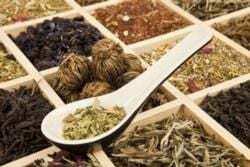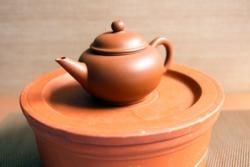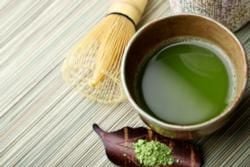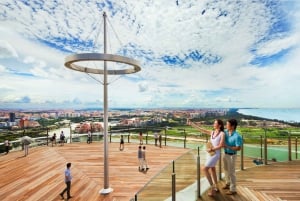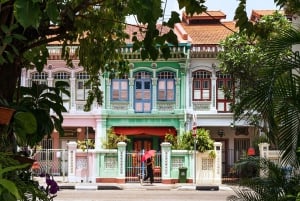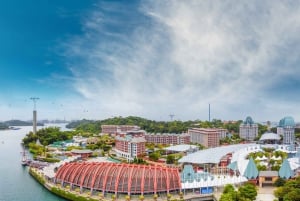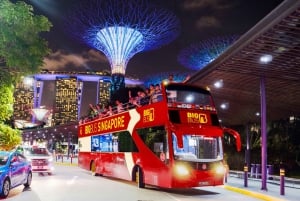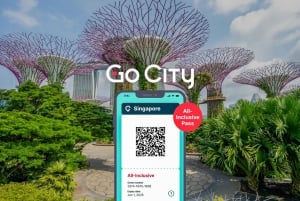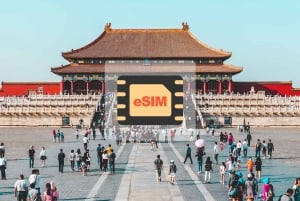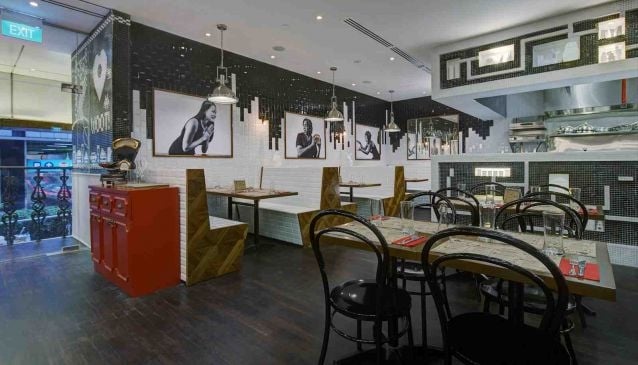Local Tea Culture
Singapore Tea Culture: A Tale of Depth and Diversity
Singapore being a melting pot of migrant ethnicities and on occasion displaying remnants of a colonial past has amazing cultural diversity, perhaps unmatched in this part of the world. This is not only evident in the selection of cuisine but also in the local tea culture.
The Early Chinese Influence
The migrant community in Singapore is predominantly Chinese, or more precisely Southern Chinese with Fujian, Chaozhou and Guangdong constituting the 3 largest dialect groups in Singapore. This directly affects the tea consumption habits of local Singaporeans as early Chinese migrants were heavily influenced by the tea habits of their hometown.
This led to a disproportionally high consumption of Fujian and Chaozhou Oolong as well as Pu-erh tea - a staple of Guangdong tea lovers - as compared to mainland China. In fact, up to the 1980s, about 70% of Oolongs produced in Anxi, Fujian were exported to Hong Kong and South East Asia, including Singapore. These included teas like Tieguanyin or Iron Goddess and Huang Jin Gui or Golden Cassia.
The migrant Chinese community also brought with them gongfu brewing, which originated in Chaozhou and was most popular among oolong lovers in Southern China. Don’t let the name fool you though, gongfu brewing is not Shaolin and Jackie Chan-esque mastery of skills, it merely come from the Chinese phrase which means time and effort. It involves higher tea to water ratios, shorter steeping times and smaller brewing vessels to extricate the full flavor of the tea over multiple infusions.
The Indian Community
The third largest ethnic community in Singapore is the Indian community. India is the second largest producer of tea (after China) in the world and the influence of Chai in Singapore is definitely felt. In Singapore (and Malaysia) a unique spin on the Indian style of heavily sweetened black tea and milk formula is teh tarik which is literally translated as "Pulled Tea". In a preparation process that is part entertainment, the tea is repeatedly being poured from an iron beaker to another whilst pulling the pouring beaker away from the receptacle beaker. This ‘pulling’ mixes the tea and gives it a foamy, frothy appearance that is reminiscent of a latte.
Another unique South East Asian spin on the Indian Chai is teh halia which is teh tarik but with ginger added, giving it a distinct ginger spiciness to balance out the sweetness.
The Colonial Cup of Tea
Though more than a generation removed from its colonial roots, mention the word ‘tea’ and inevitably scones and other quintessential British pastries will turn up. The high tea culture in Singapore is still alive and thriving, notably in luxury hotels such as Goodwood Park, Ritz-Carlton and Shangri-la. In many cafés, tea is served in a china pot and a cup with a saucer. More often than not, you can count on a cookie being there as well. The offerings on the local menus would also be more reminiscent of Hull City than Hangzhou with English Breakfast Tea, Darjeeling and Assam joining the ubiquitous Earl Grey as standard offerings in those outlets.
Japanese Tea Culture
From the 70s onwards, manufacturing had featured prominently in the Singapore economy. At that time, some of the major or up and coming players were Japanese companies such as Mitsubishi, Matsushita and Sony, just to name a few. It was no surprise that Japanese influence began to spread in Singapore. Japanese music, dramas and cuisine began to approach ubiquity, even in neighborhood malls.Tagging along the rise in Japanese cuisine are Japanese teas served in those restaurants - usually Sencha or Matcha, 2 of the most common Japanese green teas. Probably boosted by the Japanese population studies on the links of green tea and longevity, Japanese green teas have gained some traction in Singapore over the past decade or so with Gyokuro and Genmaicha becoming increasingly less of a tongue-twister.
The Second Wave of Chinese Influence
Since Deng Xiaoping’s time helming the People’s Republic of China, China-Singapore bilateral ties have improved tremendously. From trade, tourism, education and foreign labor, the mainland Chinese influence on Singapore can’t be understated. This has led to an emergence in some Chinese green teas that were previously neglected by the oolong loving community, notably Longjing or Dragonwell from Hangzhou. Numerous Singapore tourists to Hangzhou would visit Longjing village and be charmed by the enchanting drink.
Tourist Sights
Visitors to Singapore you can choose to enjoy tea in a traditional Chinese teahouse setting such as Tea Chapter and Yixing Xuan or high tea in one of the aforementioned hotels. You can enjoy Indian chai at local casual eateries or Japanese green teas in a Sushi bar, that’s part of the local diversity.One unique charm of Singaporean tea culture is that you can attend an authentic Chinese tea appreciation course conducted in English, a testimony to the meeting of two divergent cultures in Singapore.
Article by Derek Chew, Owner of Peony Tea
Peony Tea is an online website, not only offering the convenience to shop for high quality tea online, but also giving interesting insights. Whether you want to know more about different kind of teas, it's history or tips & tricks on how to prepare your perfect cup of tea.



